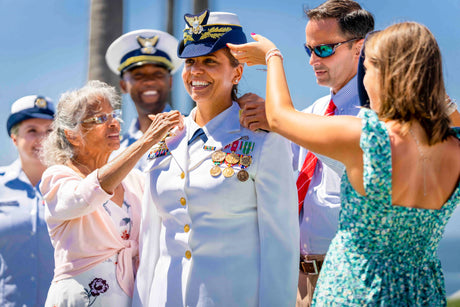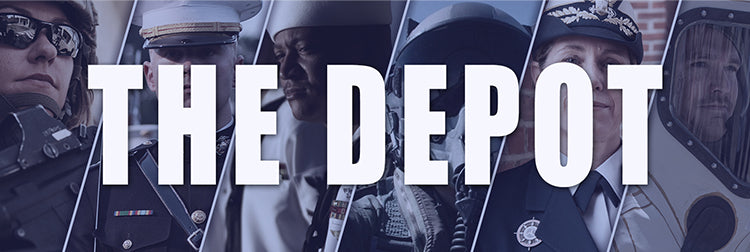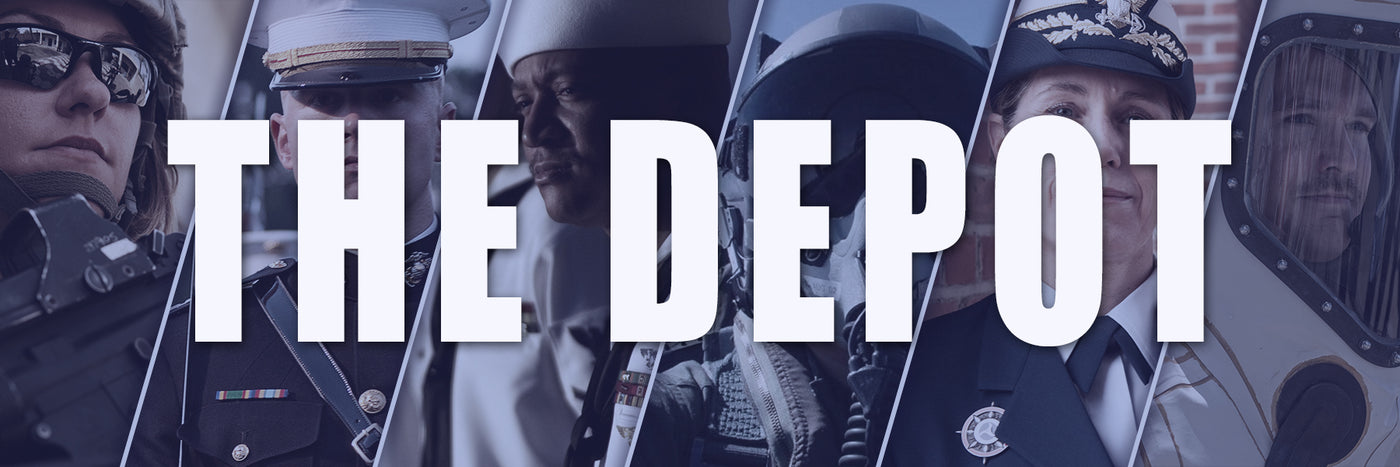
Military Promotions: How Do They Work?
While every branch of service has their own military promotions system, at their core, they are all essentially the same. Military promotions usually require a certain amount of time in...
Blog Staff |
ARMED FORCES SUPER STORE 1-877-653-9577 | 8 - 7 CST MON-FRI



While every branch of service has their own military promotions system, at their core, they are all essentially the same. Military promotions usually require a certain amount of time in...
Blog Staff |